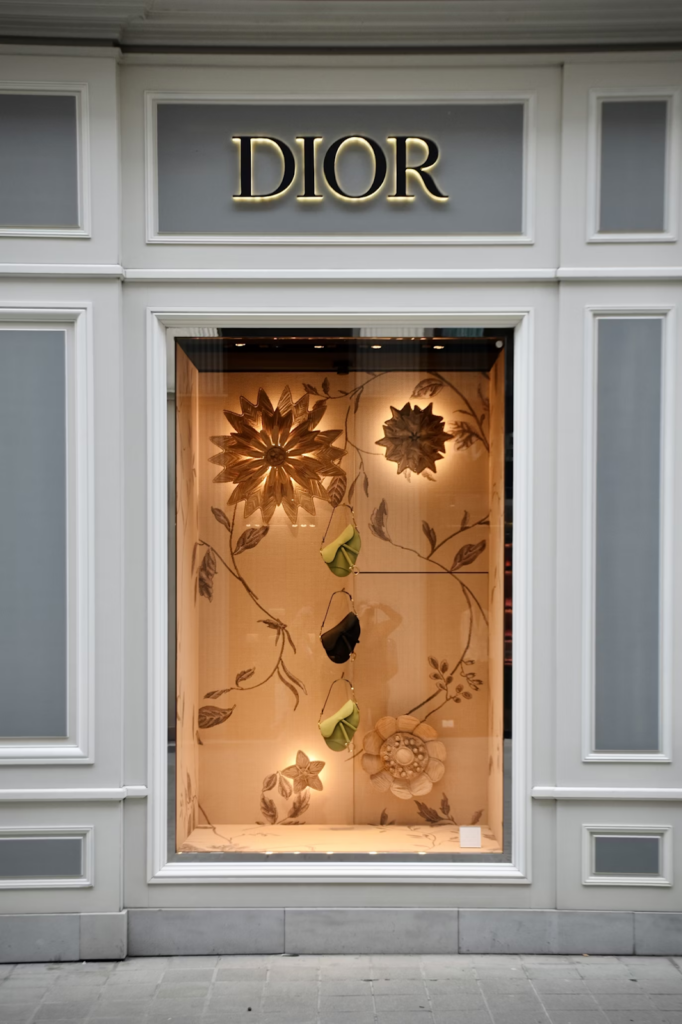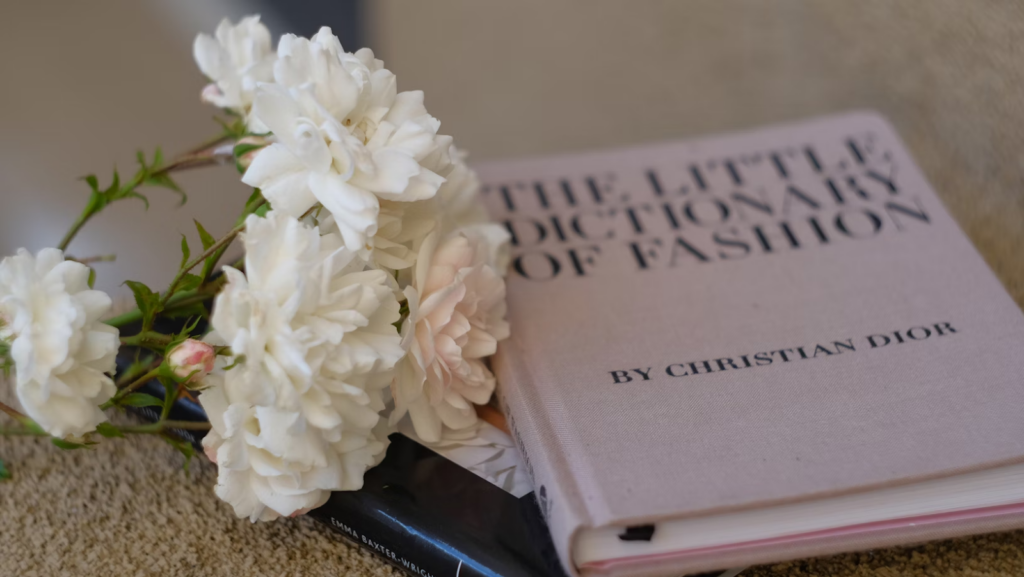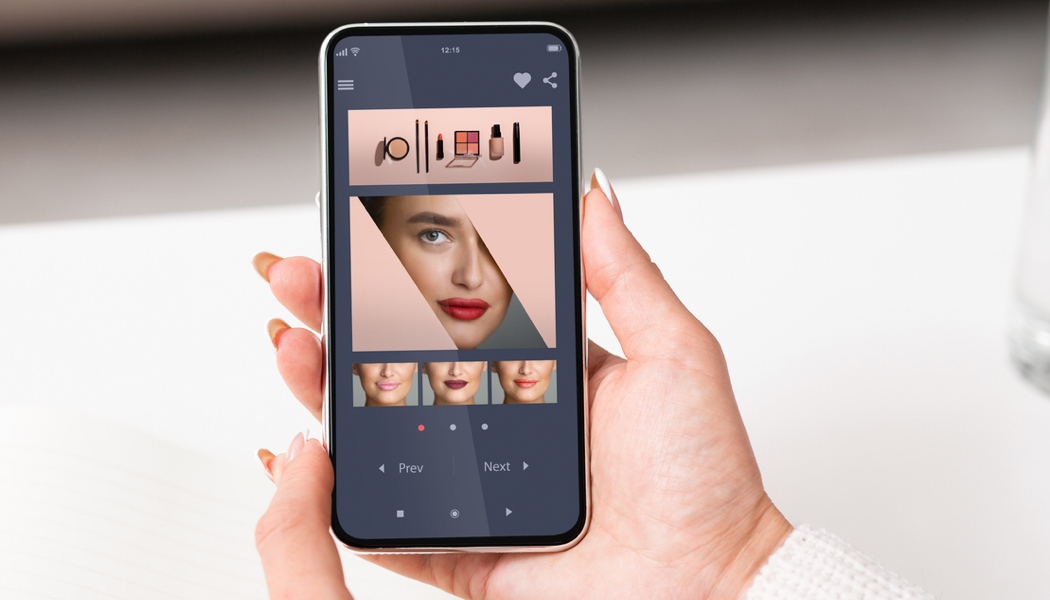Consumers’ recognition of Christian Dior as a premium brand increased by 17% as a result of a virtual activation created in collaboration with Perfect Corp. and Teads.
Christian Dior, a pioneering force in the fashion industry, has revolutionised the concept of virtual try-ons, transforming them into a luxurious and immersive experience for customers.
One benefit of augmented reality (AR) is that it has allowed customers to try products before they buy from the comfort of their couches. This feature has grown to be a key selling point for many fashion brands that have adopted the technique in an attempt to reach a larger market.
However, there’s a chance that the technology, which has gained popularity thanks in part to social networking sites like Snap, won’t be able to perfectly replicate the in-person try-on experience. It may not appear correct in the end, the colours may be a little off, or the placement may not be precise or follow movements in the camera as it should.
Although a recent attempt by Christian Dior Couture may suggest that these businesses aren’t backing down, such worries may prevent luxury brands from using AR for virtual try-ons.
Enhancing brand engagement and perception
Christian Dior Couture tested a virtual try-on (VTO) format in four markets: the US, South Korea, Hong Kong, and Japan, as part of its “Rose des Vents” campaign. Through a partnership between Perfect Corp. and the international media platform Teads, the experience was created that let users virtually try on earrings on their smartphones without ever leaving the publisher’s website.
According to Teads’ senior vice president of strategic accounts Rachid Ait Addi, “the earrings they were using retailed between $5,000 and $15,000.” “Both the user experience and the advertisement needed to be outstanding.”
Results from the effort done with Kantar Profiles showed that Christian Dior witnessed a 43% boost in advertising recall and a 62% rise in brand connection while using the VTO format compared to the traditional video formats employed by the brand.
Concurrently, there was an increase in user engagement with the commercial, as seen by a 12% surge in users expressing a willingness to share their experience and a 36% increase in buy intent. Last year, the campaign ran from July to August.

Most notably, a 17% increase in respondents identifying Christian Dior as a luxury brand suggests that the campaign has improved the brand’s impression.
“For us, that was the best KPI we could have wished for because they want to be seen as premium in everything they do,” Ait Addi said. “And video can be seen as gimmicky sometimes, and that’s nothing Christian Dior wants.”
The campaign increased brand recognition in the US by utilising Teads’ optimised VTO materials. Following the AR activation, the campaign saw an 11.25% click-through rate, and the activation drove a 0.23% user engagement rate.
“The battle for attention being the core focus nowadays, we truly believe Teads’ innovative solution helps to increase online brand engagement and encourage future purchases,” per a quote from the brand. “This campaign has enabled us to offer an immersive experience to our audience and to achieve our objectives, both in terms of engagement and brand awareness.”
Designed for opulence
Control is the primary factor responsible for the VTO activation’s success. Teads was able to guarantee that the experience was provided at the quality standards demanded by Dior since they had complete control over every element of the encounter, including where it appeared, how the VTO functioned, and how it looked.
Working with well-known brands like Condé Nast and other upscale publishers, for example, and making sure users stayed on their websites rather than being directed to a social network where the content was uncontrollably inappropriate, ensured that the brand’s experience would stay connected to the upscale content it wanted.
“Taking it out of the social platforms and putting it into quality journalism within articles is giving it so much more quality and luxury and connection with the consumers,” claimed Lily Givoni, head of luxury at Teads. “This is running in your traditional ad slot, the environment is curated and your content is curated.”
In a similar vein, Teads was able to guarantee that the advertisement’s earrings would fit and appear just like they would in-store by creating the activation’s technology in-house. The ultimate goal was to make sure that electronically trying on the earrings would provide an experience that was as similar to really donning them.

“Making sure that the earring colours were identical to those that were showcased on the website makes for a seamless ad experience, but also for a seamless consumer experience,” Givoni said. “Also, making sure the earrings were placed properly on the ears. It seems basic but it’s actually hard to do.”
Both the media platform and the brand are hopeful about the future. Givoni clarified that Teads and Dior are working on additional projects, such as those in the cosmetics industry, where colour matching is crucial. However, they are also considering other domains that could be very conducive to innovation.
“What we’ve been thinking about is where do we go from here?” said Givoni. “How do we put fragrance on the internet? How do you evoke emotion to be able to smell? That’s something I think a lot about.”
(Tashia Bernardus)
